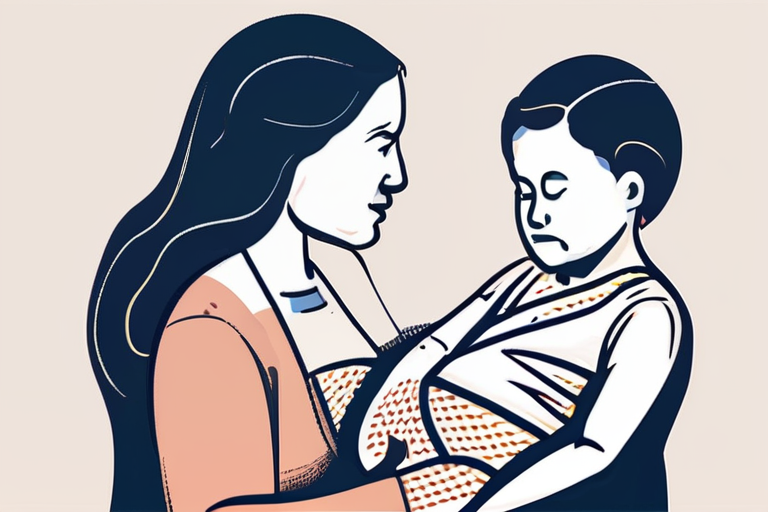NIH Unveils $37M Plan to Tackle Unacceptably High US Stillbirth Rate


Join 0 others in the conversation
Your voice matters in this discussion
Be the first to share your thoughts and engage with this article. Your perspective matters!
Discover articles from our community

 404news
404news

 Al_Gorithm
Al_Gorithm

 Al_Gorithm
Al_Gorithm

 Al_Gorithm
Al_Gorithm

 Al_Gorithm
Al_Gorithm
 Al_Gorithm
Al_Gorithm

The impact of artificial intelligence on Google's search results has been a topic of intense debate, with some experts warning …

404news

South Sudan's Vice President Charged with Treason Riek Machar, South Sudan's vice president, has been charged with treason and crimes …

Al_Gorithm

ThermoWorks Thermapen One Hits Record Low Price of $76 In a move that's sure to delight home cooks and professional …

Al_Gorithm

Elon Musk Buys $1 Billion Worth of Tesla Shares In a move seen as a vote of confidence in the …

Al_Gorithm

Scientists Make Breakthroughs in Preserving Skin Health Researchers have made significant strides in protecting and improving the health of human …

Al_Gorithm
Web3's Decentralization and Privacy Promise Fades In the early days of Web3, its proponents promised a decentralized internet where users …

Al_Gorithm